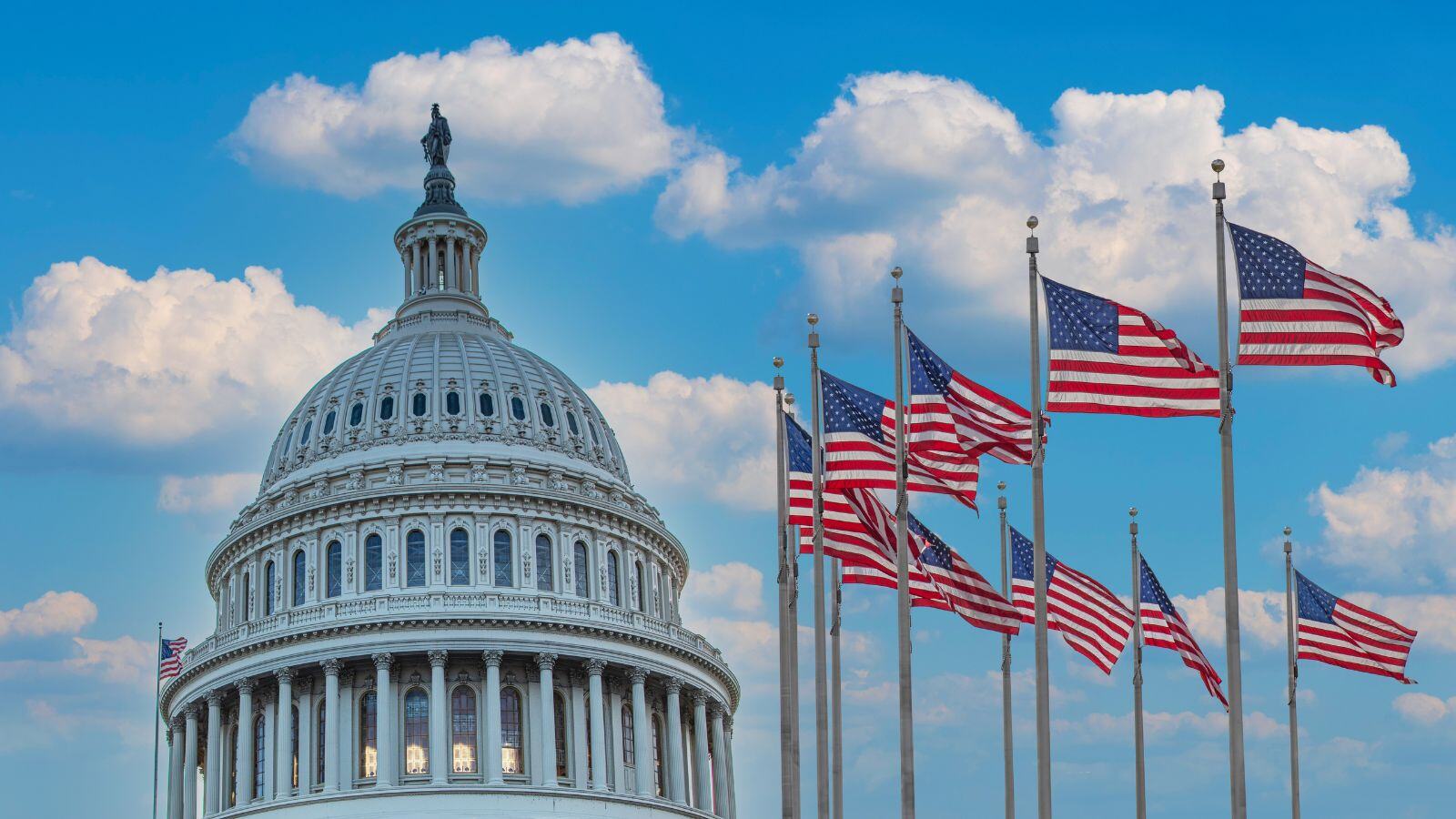As we enter the second half of the year, the outlook might appear grim at first glance. Covid-19 continues to spread, both here and worldwide. Inflation remains close to 40-year highs, and the Federal Reserve (Fed) is tightening monetary policy to fight rising prices. The war in Ukraine is ongoing, and it threatens to become a long-term conflict. Midterm elections loom in the U.S. Looking at the headlines, you might expect the economy to be in very bad shape.
On the contrary, though, the news is largely good when you look at economic data. Job growth remains strong, and the labor market is still very tight. Consumers are out there shopping despite an erosion of confidence caused by inflation and high gas prices. Businesses, driven by consumer demand and the labor shortage, continue to hire as much as they can, and to invest when they can’t. In other words, despite the headlines, the economy remains not only healthy, but strong.
Unfortunately, markets are reflecting the headlines more than the economy; they’re down substantially from the start of the year. They tend to do this in the short term. A growing economy, however, generally supports markets, which gives us hope that the recent stabilization will continue, and even that markets might start to recover in the second half.
That isn’t certain, though, so the question is: With so much in flux, what does the rest of the year hold? As always, the answer is to look at the fundamentals, not the headlines.
Fundamental No. 1: The Economy
With so much momentum in place, the economy will keep growing through the rest of the year. Job growth has been strong and will stay that way given the high number of vacancies. At the current job growth rate of about 400,000 per month, and with 11.5 million jobs unfilled, we can keep growing at the same rate and still arrive at the end of December with more open jobs than at any point before the pandemic. This is the key to the outlook for the rest of the year.
When jobs grow, confidence and spending stay high. Confidence is down from its peak but is still above the levels of the mid 2010s, as well as those of 2007. With people working and feeling good, consumers will keep the economy moving through 2022. For businesses to keep serving those customers, however, they need to hire. This is proving difficult in the current climate. Another thing businesses need to do to continue on an upward path is to invest in new equipment. This is the second driver that will keep us growing through the rest of the year.
As we analyze the current state of the economy, there are two areas of concern: the end of federal stimulus programs and the tightening of monetary policy. Federal spending has been a tailwind for the past couple of years but is now a headwind. This will slow growth, but most of that stimulus has been replaced by wage income, so the damage will be limited. In terms of monetary policy, future damage is also likely to be limited because most interest rate increases have already been fully priced in. Here, the damage is real but is largely in the past.
The thing to watch will be net trade. In the first quarter, for example, the national economy shrank due to a sharp pullback in trade, with exports up by much less than imports. As with monetary policy, the good news is much of the negative impact has already happened. Data so far this quarter shows the terms of net trade have improved substantially and that net trade should add to growth in the second quarter.
Summing up, the foundations of the economy—consumers and businesses—are solid. The weak areas are not as weak as headlines would suggest, and much of the damage may already have been done. Although we have seen some slowing, slow growth is still growth. This puts us on solid ground through the end of the year.
Fundamental No. 2: The Markets
What does all of this mean for financial markets after a terrible start to the year? Will a slowing-but-growing economy be enough to prevent more damage? That depends on why the declines happened.
There are two possibilities to explain such a plunge: earnings or valuations. If it were an earnings-related decline, the market would have declined as expected earnings dropped. That is not the case here because earnings are still expected to grow at a healthy rate through 2023, and, as discussed earlier, the economy should support that. So, it must be related to valuations (the prices investors are willing to pay for those earnings). Here, we can do some analysis.
In theory, valuations should vary with interest rates. Higher rates generally mean lower valuations. Looking at history, this inverse relationship holds true in the real data. When we look at valuations, therefore, we need to look at interest rates. If rates hold, so should current valuations, and if rates rise further, valuations may decline.
Although the Fed is expected to continue raising rates, those increases are already priced into the market. Rates would need to rise more than expected to cause additional market declines. On the contrary, it appears rate increases may be stabilizing as economic growth slows. One such sign comes from the yield on the 10-year U.S. Treasury note. Despite a recent spike, the rate is heading back to around 3 percent, suggesting rates may be stabilizing. If rates stabilize, so will valuations—and so will markets.
In addition to these effects from Fed policy, rising earnings from a growing economy will offset any potential declines and will provide an opportunity for growth during the second half of the year. Just as with the economy, much of the damage to markets has been done, so the second half of the year will likely be better than the first half.
A Look Ahead
Now that we’ve analyzed the fundamentals, let’s return to the headlines. It was a tough start to the year with the news affecting expectations more than the actual economy, which, in turn, knocked markets hard. As the Fed spoke out about raising rates—and then followed through—markets fell further.
As we enter the second half of the year, despite the headlines and rate increases, the economic fundamentals remain sound. Valuations are now much lower than they were at the start of the year, and they show signs of stabilizing. Even the headline risks—inflation and war—are showing signs of stabilizing and may get better. We are nearing the point of maximum perceived risk, which means most of the damage is likely in the past, and the downside risk for the second half is largely already incorporated. That is not to say there is no risk, but the existing risks are unlikely to keep knocking markets down.
We don’t need to get great news to see the second half of the year turn out better than the first. We only need news that isn’t quite as bad. Growth will likely slow, but it will keep going. The Fed will keep raising rates, but maybe more slowly than expected. That combination should keep the economy and the markets on a positive trajectory. It probably won’t be a great finish to the year, but it will be much better than what we have seen to this point.
Certain sections of this commentary contain forward-looking statements that are based on our reasonable expectations, estimates, projections, and assumptions. Forward-looking statements are not guarantees of future performance and involve certain risks and uncertainties, which are difficult to predict. Past performance is not indicative of future results.
James Artale is a financial advisor located at EmVision Capital Advisors, 251 W. Garfield Rd. Suite 155 Aurora, OH 44202. He offers securities and advisory services as an Investment Adviser Representative of Commonwealth Financial Network®, Member FINRA/SIPC, a Registered Investment Adviser. He can be reached at (330)954-3770 or at info@emvisioncapital.com.
Authored by Brad McMillan, CFA®, CAIA, MAI, managing principal, chief investment officer, at Commonwealth Financial Network®.
© 2022 Commonwealth Financial Network®






